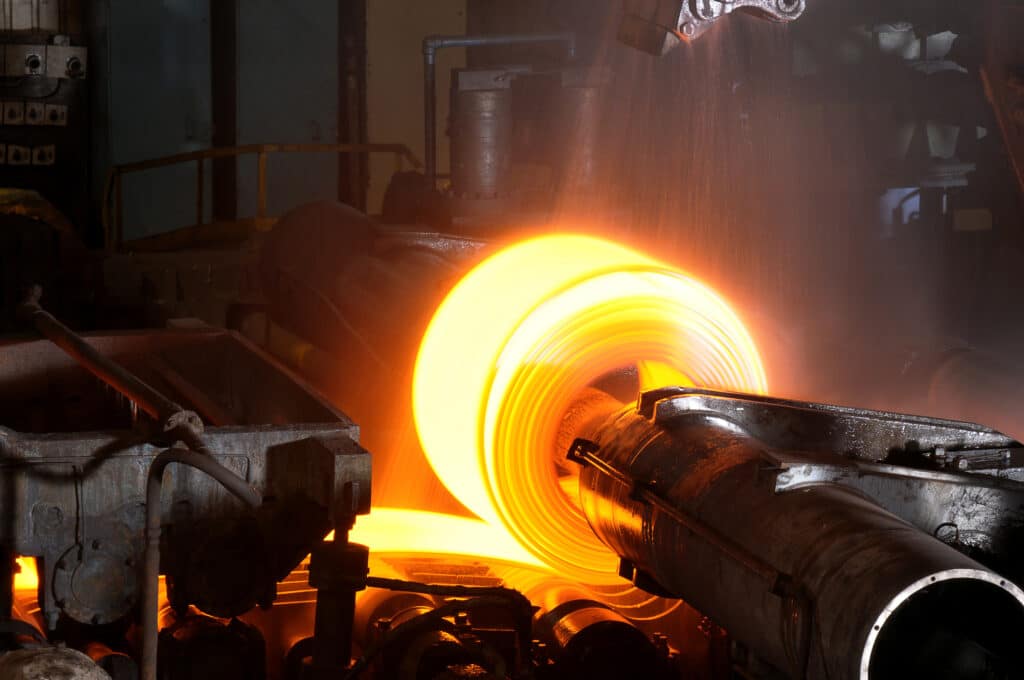HRC and CRC Steel Prices Stagnate Amid Energy Crisis

Hot rolled coil steel prices in Western Europe remain largely unchanged since early September. However, as various market participants told MetalMiner, this is despite attempts by at least one steelmaker to increase them
According to our sources, multiple factors continue to suppress demand for flat rolled products. These include a slowdown of public works programs throughout Europe. Another culprit being rapidly-rising energy prices and lower consumer purchases in the face of economic uncertainty. Recently, high stock levels joined that list as well.
One trader reported that the most recent transactions for flat rolled product occurred at €740-750 ($740-750) per metric ton EXW for October rolling / November delivery. Deals for hot rolled coil also occurred at about €750 ($750) earlier in September for the same rolling and delivery times. It’s worth noting this went against the official offer prices of €800 ($800).

Sources added that earlier in September, ArcelorMittal attempted to increase its offer price for flat rolled product to €850 ($850). However, poor demand prompted the Luxembourg-based group to retreat €810 ($810) in the last week.
Imports from Southeast Asia have also impacted the market, as transactions of HRC from Vietnam have occurred at €680-685 ($680-685) per metric ton CIF Bilbao and Antwerp, January delivery.
Applications for HRC include construction and welded pipe production. It is also used as feed stock to produce cold rolled coil, which remains integral to the white good and auto sectors. Typically, CRC carries an average premium of €100 ($100) per metric ton over HRC
MetalMiner’s MMI (Monthly Metal Index) report provides crucial insight into steel prices as well as market trends. Sign up for free here.
Steel Prices and Energy Prices Continue Their Dance
One trader told us they believe prices would continue declining, reaching around €620 ($620) towards year’s end. This is despite the fact that prices normally rise at this time as buyers try to hedge against January mill price hikes. “The key word here is ‘normal’,” the trader said, referring to Europe’s unique economic situation.
In response to market conditions, producers throughout Europe have announced plans to curb crude steel production, either on a temporary or indefinite basis. Flats demand in Spain currently sits at just 40% of normal demand levels, which is about 8 million metric tons.

Fortunately, information from Trading Economics showed energy prices in Europe have substantially decreased, with benchmark Dutch TTF gas hitting €189.78 ($187.61) per kilowatt hour late on Sept. 21. That’s a decrease of almost 14% from the €220.54 ($218.03) seen on Sept. 8.
This drop is largely due to action by European governments to curb rising prices and avoid shortages. The European Commission also planes to raise €140 billion ($138 billion) from energy companies’ profits and mandatory cuts on energy use.
Trading Economics added that European gas stocks are also above the five-year average at 86%, though Gazprom has indefinitely cut flows via its Nord Stream pipeline. That line runs under the Baltic Sea from Vyborg in northwestern Russia to Lubmin in eastern Germany.
Are you prepared for your 2023 steel contract negotiations? Be sure to check out our 5 best practices. If you want a serious competitive edge in the steel industry, get a live demo of MetalMiner’s pricing and forecasting platform, MetalMiner Insights.


Leave a Reply